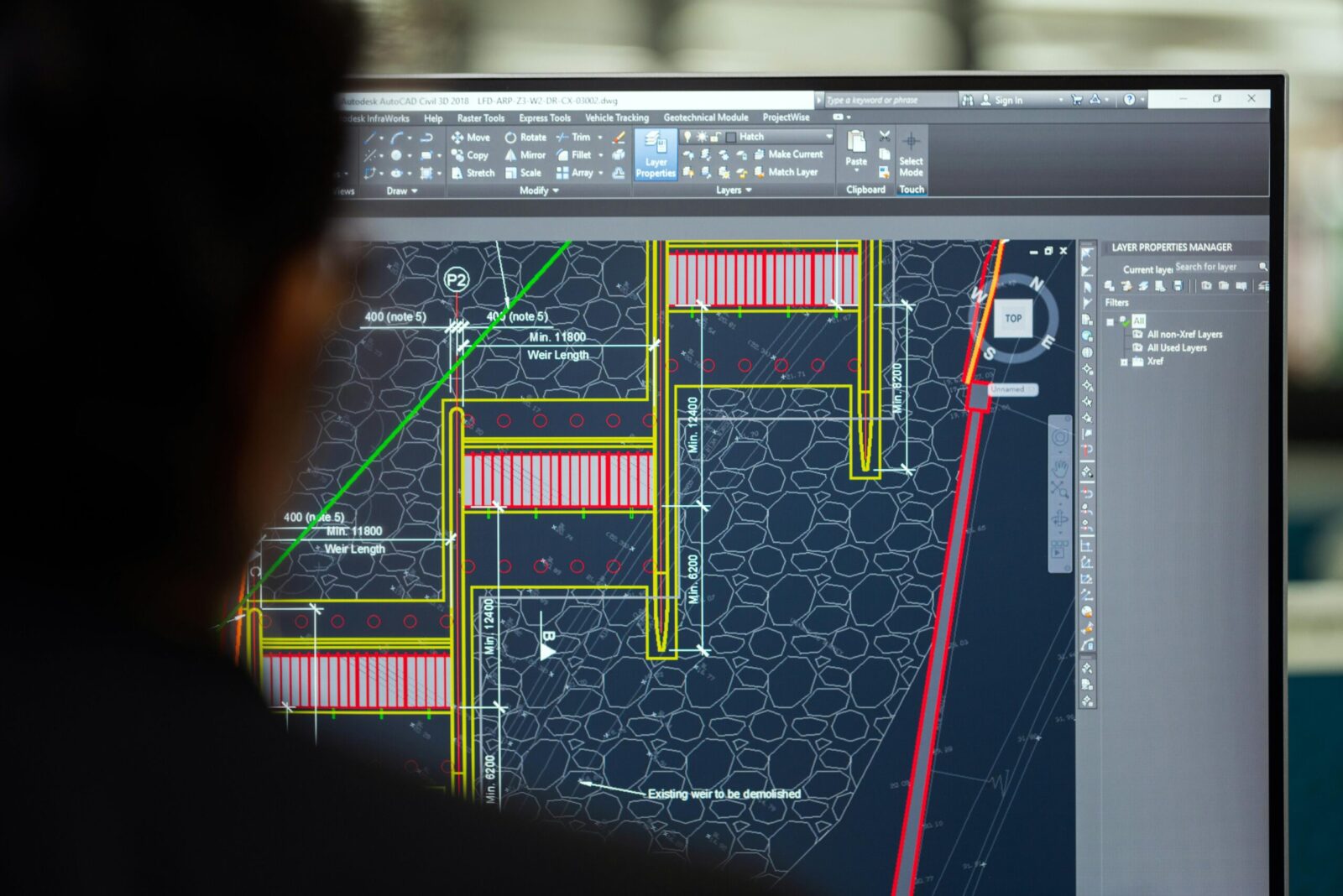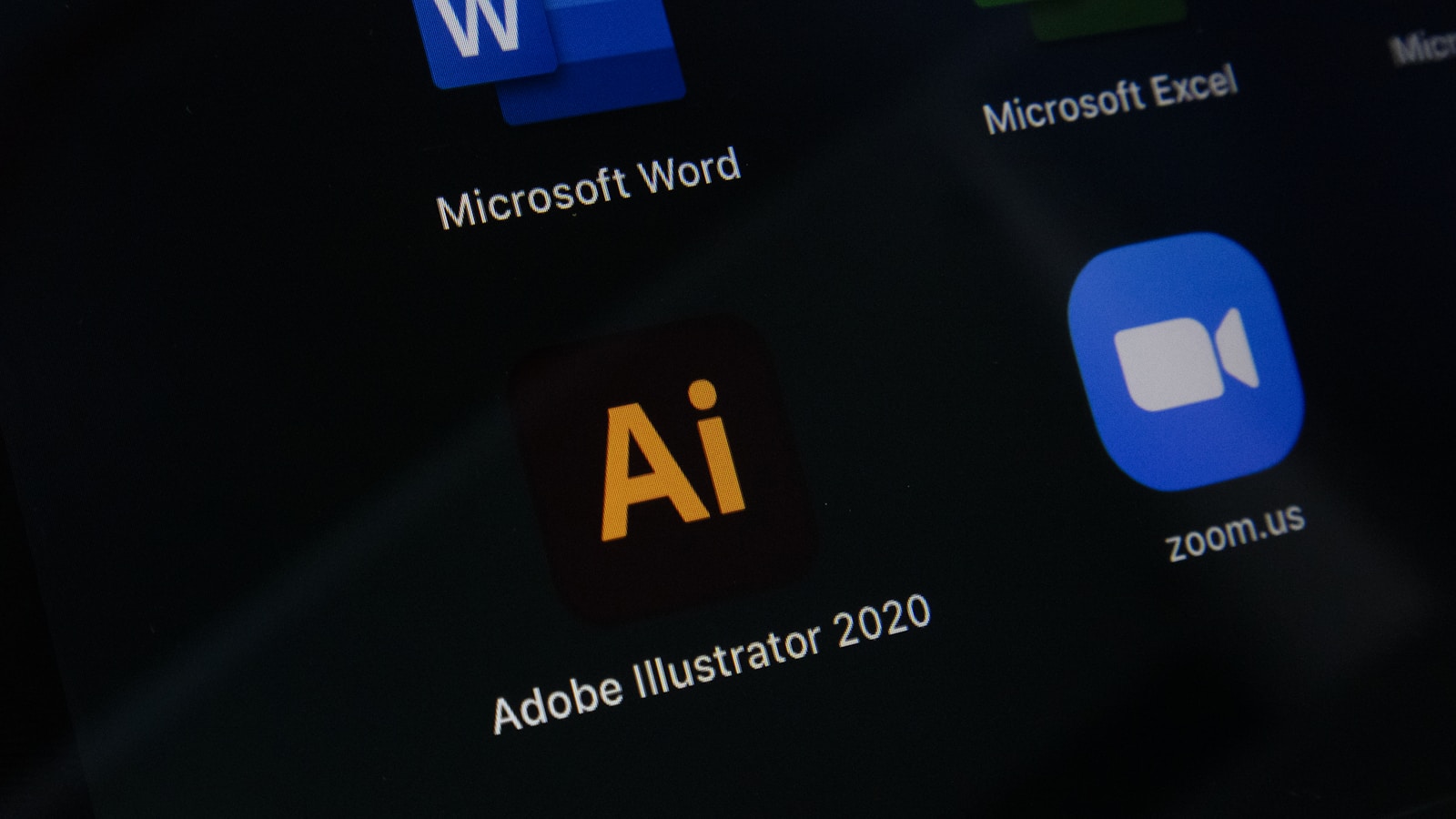Looking for a free alternative to AutoCAD? You’re not alone. Licenses add up fast, and plenty of us need solid drafting or parametric modeling without the price tag. The good news: today’s open‑source and cloud CAD tools are mature, capable, and surprisingly polished. In this guide, we share the best free options for 2D drafting, 3D parametric CAD, and browser‑based work, and the workflow tips that keep teams productive. Whether your world revolves around DWG or you’re exporting clean STLs for 3D printing, we’ll help you pick a tool that fits your projects. One caveat: “free” often comes with limits. We’ll flag those too so there are no surprises.
What To Consider Before You Switch
Identify Your Core Needs: 2D Drafting, 3D Parametric, Or BIM
Before we jump into free alternatives to AutoCAD, let’s define the job. If you’re producing shop drawings or construction details, a fast 2D tool is enough. Mechanical parts, assemblies, and 3D printing call for parametric CAD with constraints. Architecture and interiors often benefit from BIM or at least IFC‑friendly workflows. Matching the tool to the work saves us time and avoids format headaches later.
File Compatibility: DWG, DXF, STEP, IGES, And IFC
DWG is the sticky one, it’s proprietary and not every free tool handles it cleanly. When possible, we lean on DXF for 2D exchange and STEP (and sometimes IGES) for 3D solids. For AEC handoffs, IFC is the safest bridge. Expect a little cleanup no matter what: layers, fonts, and tolerances can shift in translation.
Platform, Performance, And Hardware Requirements
Most of our picks run on Windows, macOS, and Linux. Parametric modeling benefits from a modern CPU and at least 16GB RAM for bigger assemblies: GPU matters mainly for smooth navigation. Browser CAD offloads compute to the cloud, so even modest laptops can keep up, as long as your internet connection is stable.
Licensing Limits: Personal, Educational, And Non-Commercial Use
“Free” usually means personal, educational, or non‑commercial use. Some cloud plans require public projects, which is a deal‑breaker for client work. Open‑source desktop apps are truly free, but may lack official support. Read the terms: it’s better to know upfront than to migrate later.
Best Free Alternatives To AutoCAD For 2D Drafting
LibreCAD: Lightweight 2D Drafting With DXF Focus
If we need a nimble 2D workhorse, LibreCAD is our go‑to. It’s open‑source, fast on older hardware, and laser‑focused on DXF. We get layers, blocks, hatches, dimensions, and printable layouts without the bloat. DWG isn’t native here, so we typically convert DWG to DXF before editing. For fabrication drawings, cabinet layouts, or CNC-ready 2D, LibreCAD checks most boxes and stays out of our way. It’s cross‑platform and stable enough for daily drafting.
QCAD Community Edition: Open-Source 2D With Extensible Tools
QCAD CE is another strong 2D option with a clean UI and a healthy plugin/script ecosystem (ECMAScript/JavaScript for automation). The community edition is excellent for dimensioning, annotation, and general drafting, and it’s easy to extend with custom tools. DWG support in community builds can be limited or inconsistent: the commercial edition offers more robust DWG handling and extra features. For many of us, though, the free CE build is plenty for documenting parts, floor plans, and quick revisions.
Best Free Alternatives To AutoCAD For 3D Parametric CAD
FreeCAD: Full-Featured Parametric Modeling With Workbenches
FreeCAD is the Swiss‑army knife of free parametric CAD. With workbenches like Part, PartDesign, Sketcher, TechDraw (2D documentation), and Path (CAM), we can sketch, constrain, model, draft, and even generate toolpaths. It reads/writes STEP, IGES, STL, OBJ, and more. The learning curve is real, understanding bodies vs. parts and links vs. clones takes a minute, but the payoff is big for mechanical design and 3D printing. Community add‑ons (Assembly workbenches, SheetMetal, Fasteners) make it even more capable.
SolveSpace: Fast Constraint-Based Modeling For Lightweight Projects
When speed and simplicity matter, SolveSpace shines. It’s tiny, quick to open, and brilliant for constraint‑driven sketches that extrude, revolve, or loft into clean solids. We use it for brackets, jigs, and printable fixtures where a heavy feature tree isn’t needed. Exports include STL for printing, DXF/SVG for laser/CNC, and STEP for handoff. You won’t get advanced surfacing or fancy drawings, but you’ll model faster than you expect.
OpenSCAD: Script-Driven Parametric Models For Precision
OpenSCAD flips the CAD paradigm, you write code to make geometry. That sounds niche until you need perfect repeatability, parametric configurators, or version‑controlled models. We love it for enclosures, gears, and anything defined by equations or discrete features. The Customizer makes user inputs easy: exports include STL and 3MF (plus 2D DXF via projections). It’s not for sculpting or organic shapes, but for precise, programmable parts, OpenSCAD is hard to beat.
Best Free Browser-Based Alternatives To AutoCAD
Onshape Free Plan: Cloud CAD For Public, Non-Commercial Projects
Onshape brings pro‑grade parametric modeling, configurations, and real‑time collaboration to the browser. The free plan is generous but requires public, non‑commercial documents, great for open projects, not for client work. We get robust version control, simultaneous editing, and export to STEP, STL, and neutral formats. Drawings can go out as DWG/DXF, which helps when teams still live in AutoCAD.
SketchUp Free: Quick Concept Modeling In The Browser
For fast ideation, SketchUp Free is still a joy. Push/pull modeling makes massing studies, interiors, and quick spatial layouts painless, and the 3D Warehouse speeds up concept work. The web version exports STL and images: DWG/DXF workflows live behind paid tiers. We treat it as a concept tool, then hand off to BIM or parametric CAD when tolerances and documentation matter.
Tinkercad: Beginner-Friendly 3D For Education And Makers
Tinkercad gets students and makers designing in minutes. It’s block‑based, forgiving, and perfect for teaching fundamentals of solids and boolean operations. We use it for simple prints, classroom projects, and electronics mock‑ups (the Circuits feature is underrated). Exports include STL and OBJ. It’s not built for tight tolerances or assemblies, but it’s a wonderful on‑ramp.
Interoperability And Workflow Tips
Working Around DWG: Use DXF And Neutral Formats When Possible
If a partner demands DWG, we often convert to DXF for editing in free tools and convert back only at the end. For 3D, STEP is the least painful path between ecosystems: for AEC, IFC is the lingua franca. Avoid exotic objects like dynamic blocks when you plan to round‑trip.
Clean Imports/Exports: Units, Layers, And Tolerances
Before importing, confirm units (mm vs. inches), purge unused layers, and explode overly complex blocks/splines. After exporting, check tolerances and heal geometry if your target tool offers it. A five‑minute cleanup avoids a one‑hour debug.
Sharing And Output: PDF, STL, And CAM Considerations
For 2D deliverables, PDF is still the safest way to lock appearance. For printing, ensure STLs are manifold and normals are correct. If you’re cutting chips, test a simple toolpath first, FreeCAD’s Path or a dedicated CAM can both work, but post‑processors vary.
How To Choose The Right Free CAD Tool
2D Documentation And Drafting
We reach for LibreCAD or QCAD CE. They’re fast, predictable, and perfect for plans, schematics, and laser/CNC 2D.
Mechanical Design And 3D Printing
FreeCAD for full parametrics and documentation: SolveSpace for quick, constraint‑driven parts: OpenSCAD if code‑based precision is the goal.
Architecture, Interiors, And BIM
Sketch in SketchUp Free if you like, then move to FreeCAD’s Arch/BIM workbenches or an IFC‑centric workflow (e.g., Blender + BlenderBIM) for proper data exchange.
Education, Hobby, And Rapid Prototyping
Tinkercad and SketchUp Free minimize friction. Onshape’s free plan is fantastic if public, non‑commercial projects are acceptable.
Conclusion
There isn’t one “perfect” free alternative to AutoCAD, and that’s a good thing. We can pair a lean 2D drafter with a capable parametric modeler and a browser tool for collaboration, then glue it all together with DXF, STEP, and IFC. Start with your workflow, not the logo. Pick one tool for everyday work and a backup for tricky files. And when DWG fights back, remember: neutral formats are your friend.


